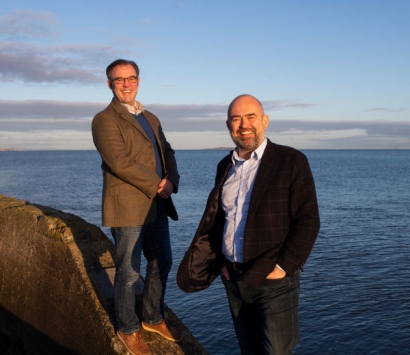
The company has launched its first crowdfunding campaign on the Seedrs platform. The funding will assist further develop existing sites and to secure potential new locations for its patented Subhub tidal platform.
The OTP deal closed in the last quarter of 2020 following QED’s acquisition of the world renowned Dutch tidal turbine developer Tocardo BV in a joint venture with Hydrowing. The company (QED) also secured an award of €3.5m of EU funding and a place on Interreg’s €46m Tidal Stream Industry Energizer Project (TIGER), a global tidal showcase.
QED Naval’s self-deploying foundation system, Subhub, saves circa 60% on deployment, operating and maintenance costs alone de-risking dependency on and simplifying offshore operations. On top of this it adds up to 48% yield to the bottom line transforming the cost of tidal energy and enabling QED Naval to compete with other forms of renewables, at scale, by 2030.
Jeremy Smith, MD at QED Naval said, “Tidal energy is not only renewable, it is the only one that is 100% predictable, can guarantee power output every day of the year, and globally will be worth $76 billion by 2050. So, when the wind is not blowing and the sun is not out, tidal can quite simply fill the gaps in our grid requirement and prevent us having to switch to diesel, gas or coal power.”
Keith Murray, QED Naval’s Chief Commercial Officer added, “Scotland and the rest of the UK, with 50% of Europe’s tidal energy and ranking number two in global resource availability after Canada, has a tremendous opportunity to benefit. The UK and Scottish Governments are firmly behind the development of tidal energy and QED, with its expertise, products and sites is at the forefront of tidal technology.
“We also see an increasing role for using battery storage and particularly hydrogen solutions as when combined with our turbine solution there is an incredible potential for stand-alone tidal energy units to take island, isolated communities, maritime diesel generators, right off the grid - significantly reducing carbon emissions.”
The OTP project is installed on the iconic Dutch Oosterschelde storm barrier which connects the Zeeland islands of Schouwen-Duiveland and Noord-Beveland. Part of the Delta Works, it was built to protect the Zeeland region from the sea after the North Sea Flood in 1953.
The TIGER project has enabled QED Naval to develop the next generation of their Subhub tidal platform technology to suit the next generation of Tocardo tidal turbines, T3, which are a development of the T2’s that has proved itself in the OTP project over four years. This tripartite collaboration (QED/Tocardo/HydroWing) that can deliver turnkey tidal energy projects at any scale from community sub-one MW to utility scale of hundreds of MWs at competitive prices.
The successful acquisition of the OTP project was as a result of close public and private sector collaboration between QED Naval, Rijkswaterstaat (part of the Dutch Ministry of Infrastructure and Water Management) and a prominent global, green investment fund.
As well as being deployed at the TIGER, Isle of Wight project, QED’s Subhub Community Demonstrator, which has now been in the seas off Northern Ireland, Strangford Lough, for nearly two years, will be refitted with Tocardo tidal turbines and deployed to Pembroke in Wales to access further market potential there.

